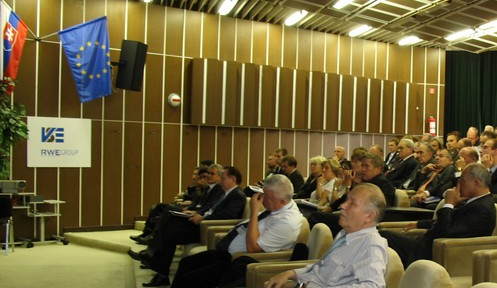|
About non-intrusive energy audits of electrical networks and installations of industrial enterprises
Rashid Sitdikov
Tashkent State Technical University, Tashkent, Uzbekistan
Olga Radionova
Tashkent State Technical University, Tashkent, Uzbekistan
Last modified:
2022-04-02
Abstract
One of the main priorities of the development of modern energy is digital transformation and intellectualization. One of the main priorities of the development of modern energy is digital transformation and intellectualization. Their relevance is explained by the need to further improve the reliability, quality and efficiency of power supply. The timely monitoring of electrical networks and conducting energy audits can significantly improve the efficiency of power supply systems. The purpose of this work is to analyze the energy audits of 0.4 – 10 kV electrical networks of consumers through the use of non-intrusive monitoring technology (NILM).
The use of NILM allows you to remotely determine the electrical parameters of networks and installations of consumers (industrial, municipal, agricultural, etc.), and with the use of a specific analysis of the known aggregate parameters of electricity consumed, to evaluate the parameters of individual sections of networks and individual energy consumers. Measurements do not require the presence or access to individual installations, which provides a convenient and efficient way to collect parameter data compared to the way meters or sensors are placed on each installation. Using the NILM method allows you to obtain individual data for an energy audit by processing aggregate parameters for their disaggregation, which significantly reduces the costs and time for conducting an energy audit. The NILM system uses aggregate parameter information obtained from one common intelligent meter installed at the entrance of the main switchboard of the enterprise.
To disaggregate of data on the energy consumption of individual installations, algorithms based on multifactorial, multi-criteria methods for recognition, identification and differentiation of parameters required for energy audit are proposed. Here we can draw some analogy with the ''black box'' method, when the subject of analysis is a set of cumulative electrical signals at the entrance of the enterprise. Unlike the classic ''black box'', in this case, the structure and internal electrical diagram of the enterprise, passport data and possible modes of equipment and electrical networks are known.
The general structure of the system is an expert system, which includes: a database (equipment characteristics, typical modes, etc), a base of programs for disaggregation by identification and recognition, an output database. Estimates show that the accuracy of the analyzed parameters with non-intrusive disaggregation of aggregate measurements is at least 90 - 93%, which is acceptable for a primary energy audit.
|
 |
|







